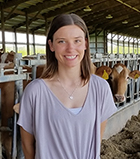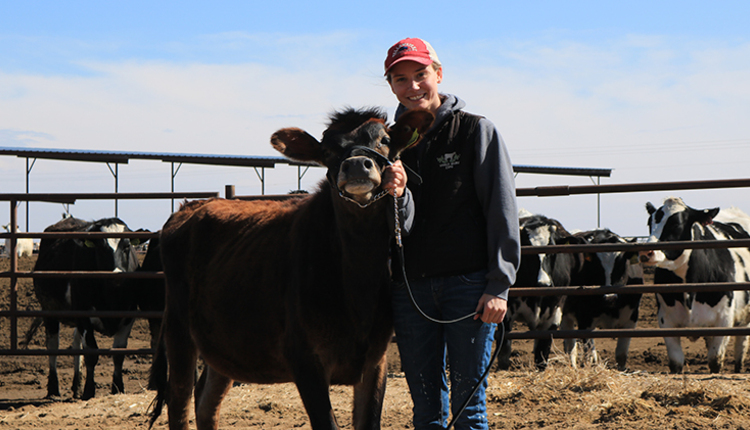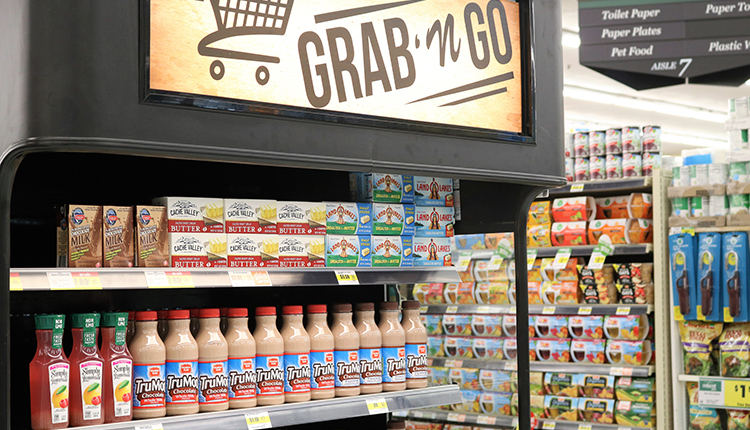
In the 1950s, the U.S. had 22 million dairy cows and the average milk production was 598 gallons per cow. Today, we have about 9 million dairy cows and the average milk production is 2,609 gallons per cow.
That difference amounts to 79 percent more milk with 59 percent fewer cows!
Recently, climate change and cows have been points of conversation in the news and politics. I want to highlight a few points that show how our industry is moving in the right direction to become greener.
Globally, the U.S. contributes the lowest carbon footprint per livestock animal. This achievement is due to our efficient farming practices. Essentially, when fewer animals can produce the same — or in our case, more — food, there is a smaller contribution to carbon and methane gases to the atmosphere.
How we got this far
Genetic selection — We have focused on breeding cows that produce more milk. Feed intake and efficiency both have improved. Cows now use more of the nutrients we feed them and mobilize more of their stored fat to make milk.
Animal health — From past and current research, we know many of the diseases and ailments that affect dairy cattle, and we know how to prevent and properly treat them. Anytime an animal gets sick, it affects growth and production. Healthy calves and cows grow faster and make more milk and meat over their lifetimes. Besides this, advancements in infrastructure have vastly improved the comfort and life of our animals. The use of fans, sprinklers, sand bedding, slated concrete, and an overall clean and comfortable environment all contribute to cattle health.
Technology — Artificial insemination, vaccines, rBST (recombinant bovine somatotropin), robots, and rumination monitors, just to name a few, have all been impactful technologies in the dairy industry. In addition, technologies specific to combatting emissions, such as methane digesters, have been incorporated on over 200 dairy farms in the U.S.
What the future holds
Right now, we can access our animals’ genomic sequences. Information from a genomic test can tell us whether they excel in milk production, if they are more apt to getting certain diseases, and so on. It also tells us the chance these traits could be passed on to their offspring. Selecting only the best cattle to breed will further enhance milk production and lower the total amount of resources needed, which is a win for dairy farmers and the environment!
Due to the criticisms revolving around farming and specifically cows and climate change, it is important to note the progression of the United States dairy community to cut its environmental footprint, while providing food security at home and abroad.
Still, we need to keep improving.
The human population will grow drastically in the next 30 years. Our industry, along with others, needs to grow and produce more food with less. However, we need to do so while monitoring and minimizing our carbon and methane emissions.

Christy Achen was the 2018 Hoard's Dairyman summer editorial intern. She grew up on a dairy farm in southwest Kansas. Achen is currently a senior at Utah State University studying agricultural communications and journalism.








